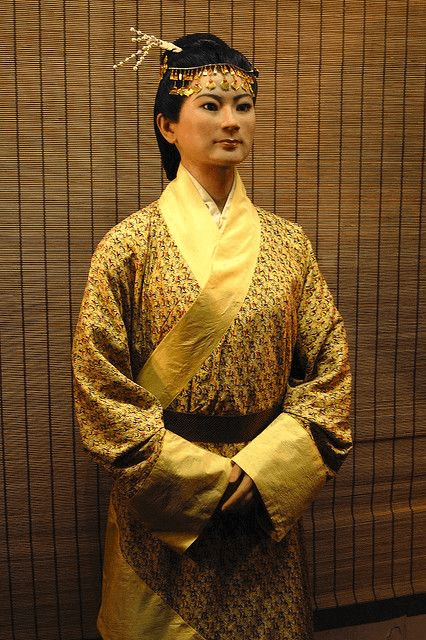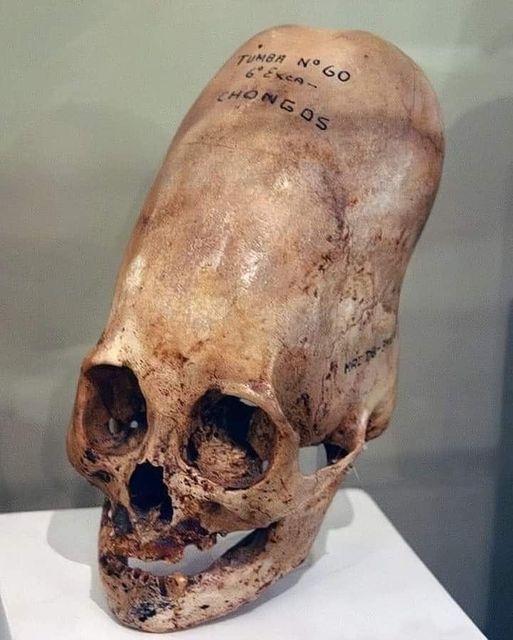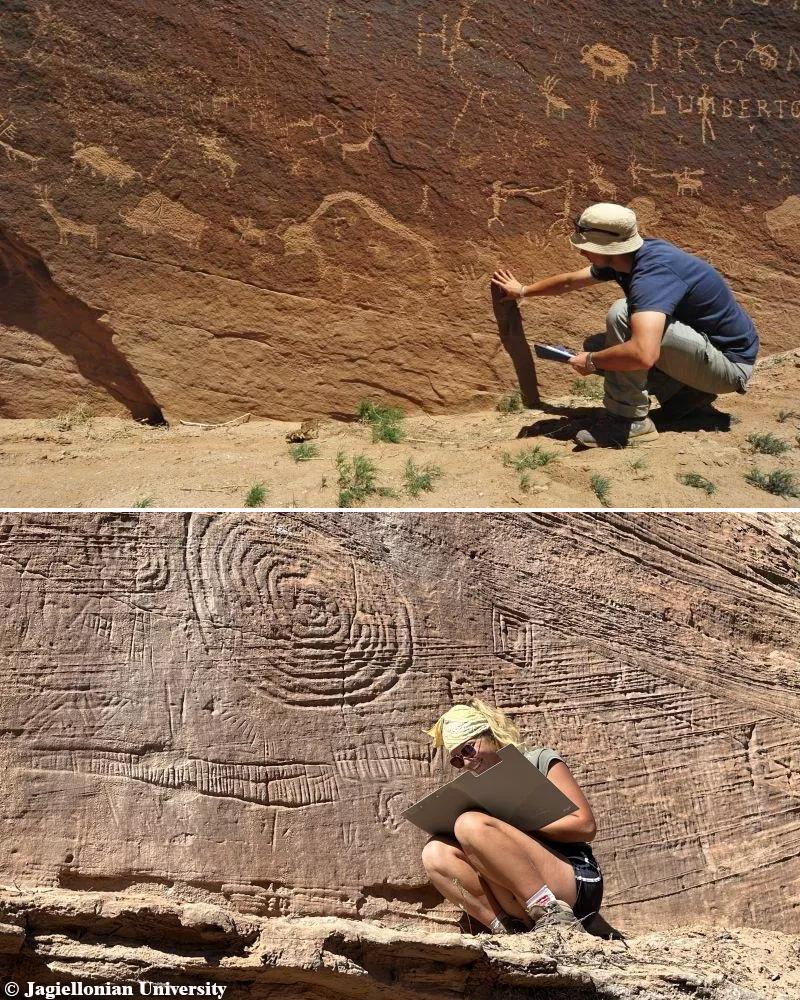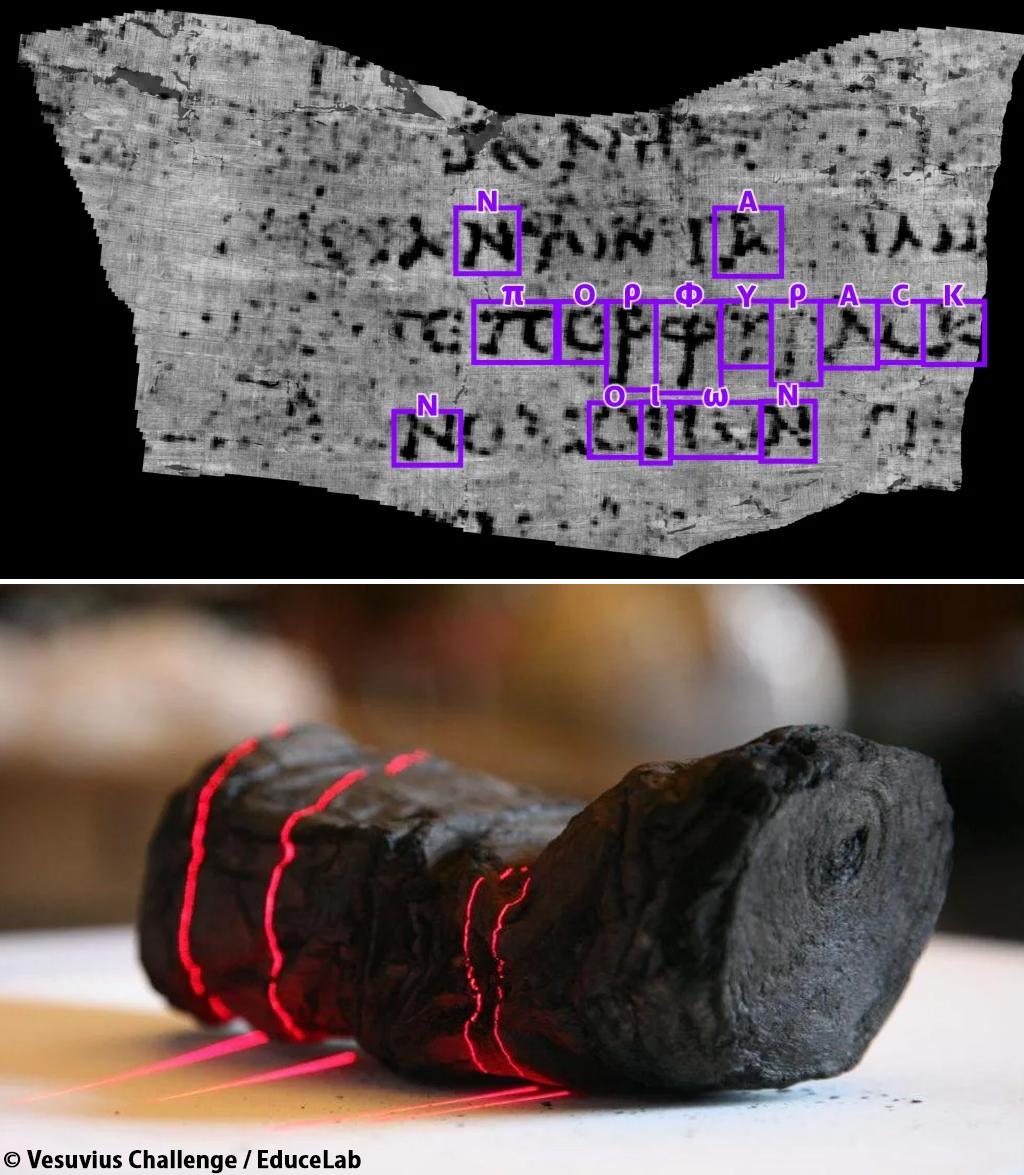Scientists perform an autopsy on the best preserved mummy ever discovered: that of a Han aristocrat named Lady Dai (Xin Zhui). More than 2,000 years after her death her skin is still resilient and her veins are still red. What can her remains tell us about life in ancient China?
Xin Zhui [ɕín ʈʂwéɪ] (Chinese: 辛追; c. 217 BC–168 or 169 BC), also known as Lady Dai, or Marquise of Dai, was a Chinese noblewoman, and wife to Li Cang (利蒼), the Marquis of Dai, and Chancellor of the Changsha Kingdom, during the Western Han dynasty of ancient China. Her tomb, containing her well-preserved remains and 1,400 artifacts, was discovered in 1968 at Mawangdui, Changsha, Hunan, China. Her body and belongings are currently under the care of the Hunan Museum; artifacts from her tomb were displayed in Santa Barbara and New York City in 2009. Her body is notable as being one of the most well preserved mummies ever found.

2100 Years Old, Lady Dai's Mummy Is Still In Unbelievable Shape. Image credit: Gary Todd/Flickr/Public Domain
In 1968, workers digging an air raid shelter for a hospital near Changsha unearthed the tomb of Xin Zhui, as well as the tombs of her husband and a young man who is most commonly thought to be her son. With the assistance of over 1,500 local high school students, archaeologists began a large excavation of the site beginning in January 1972. Xin Zhui's body was found within four rectangular pine constructs that sat inside one another which were buried beneath layers of charcoal and white clay. The corpse was wrapped in twenty layers of clothing bound with silk ribbons.
In the tomb of Xin Zhui, four coffins of decreasing sizes enclosed one another. The first and outermost coffin is painted black, the color of death and the underworld. All painted images sealed inside this coffin were thus designed not for an outside viewer but for the deceased and concern the themes of death and rebirth, protection in the afterlife, and immortality. The second coffin has a black background but is painted with a pattern of stylized clouds and with protective deities and auspicious animals roaming an empty universe. A tiny figure, the deceased woman, is emerging at the bottom center of the head end. Only her upper body is shown, for she is about to enter this mysterious world. The third coffin exhibits a different color scheme and iconography. It is shining red, the color of immortality, and the decorative motifs include divine animals and a winged immortal flanking three-peaked Mount Kunlun, which is a prime symbol of eternal happiness. Inside this tomb on top of the fourth and innermost coffin the excavators found a painted silk banner about two meters long.
Yellow and black feathers are stuck on the cover board of the coffin. The feathers stuck to the coffin were expressing the hopes that Xin Zhui would grow feathers on the body and enter the heavens to become immortal.

A reconstruction of Lady Dai (or 'Xin Zhui' (辛追) of the Western Han Dynasty.
Xin Zhui's body was remarkably well preserved in an unknown fluid inside the coffin. Her skin was soft and moist, with muscles that still allowed for her arms and legs to flex at the joints. All her organs and blood vessels were also intact, with small amounts of Type A blood being found in her veins. There was hair on her head, with a wig pinned with a hair clasp on the back of her head. There was skin on her face, and her eyelashes and nose hair still existed. The tympanic membrane of her left ear was intact, and her finger and toe prints were distinct. This preservation allowed doctors at Hunan Provincial Medical Institute to perform an autopsy on 14 December 1972. Much of what is known about Xin Zhui's lifestyle was derived from this and other examinations. As a member of the nobility, her body would have been washed with fragrant water and wine, which has antibacterial properties. Xin Zhui's body was soaked in an unknown liquid that was acidic, which may have helped preserve the body by preventing bacteria from growing. Many scientists believe that the fluid is water from the body, rather than liquid poured into the coffin.
More than 1,400 precious artifacts were found with Xin Zhui's body including a wardrobe containing 100 silk garments, 182 pieces of expensive lacquerware, makeup and toiletries and 162 carved wooden figurines representing servants. In Western Han Dynasty, elaborate and lavish burials were common practice; it was believed that another world, or afterlife, existed for the dead, and they needed food and accommodation just like the living and the necessities in life should be brought into the grave for use in the afterlife. The importance of filial piety during that time also resulted in a lavish burial with many artifacts.










